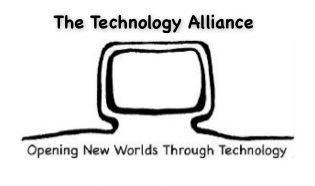- About
- Programs & Events
- Kids Climate Summit 2022
- KCS 2022 Page 6
Kids Climate Summit 2022: Make Some Noise!

While we were unable to host a Kids Climate Summit for 2022, the community still was able to MAKE SOME NOISE! We are excited to present the submissions to the Climate Change NOISE Challenges. Please enjoy these amazing works and we hope they inspire you to learn more about the climate.
There are 6 pages of submissions to be viewed: Page 1 - Alaina M., Roycemore Roots and Shoots Club, Linden P., Andrew M., Linda Wallin, Claire Bermaum, Mariana M., Inika Page 2 - Lyra R., Amelia R., Emilie B. Page 3 - Anika Chandola, Laxmiprasad, Anika B. Page 4 - Srinrsimha Katakam, Anisha K. Page 5 - Nora Berbaum, Kalyan Page 6 - Celsey O'hare, Brynne O'hare |
Blood In The Water: My Experience With Red Tide And Climate Change
Red tide is one of the many devastating consequences of
global warming, and essentially, the climate crisis. As we
humans use fossil fuels to heat our homes, and power our
cars and factories, emissions are released into the air. The
atmosphere traps these emissions, which contain harmful
gases such as
methane and carbon dioxide. This dangerous mix of
components wraps the earth in a “blanket”, the same
way you would wrap yourself with a towel or robe.
However the “blanket” causes the earth to get too hot,
and creates adverse effects on the ecosystem and our
way of life. Take the red tide, for example. As Earth’s oceans get warmer, they create the perfect breeding ground for dinoflagellates, a microscopic form of life responsible for the blood-like coloring that sometimes appears in the sea. It also qualifies as a neurotoxin, killing fish who swim in nearby areas. Humans are often impacted as well, because the red tide can cause a brash cough and a runny nose. There are dozens of consequences resulting from the climate crisis, and it is up to us to stop it. Without immediate action, the IPCC states that by 2030, the effects of this global warming will create an irreversible chain of events that will possibly destroy our normal life as we know it. That is if we keep going at the rate we have been going. Already, so many entrepreneurs, businessmen and women, and philanthropists have pledged to do whatever it takes to reduce the carbon emissions made by their own companies. For example, in 2007, Google made a plan to reduce their carbon emissions 100% by the year 2030. They are very much on track to meet and exceed that goal. However, I now believe it is up to the future generations, current generations, and my generation, to take action. The climate crisis is severe. That’s the honest truth. There is no time for discussing what the world will look like in the future, because the situation gets worse every minute we talk. So start small. That’s what Greta Thunberg did. One day she sat outside the Swedish Parliament and refused to go to school. Not until things get better, she said. Now, she has a fully grown movement across the globe! She has been resilient in the hate of red-faced, orange-skinned politicians who attack her for standing up for what’s right. All of us should be as passionate as Greta and other climate activists. In time, we can be exactly like them. We not only must be strong in front of the people who tell us NO, but shout back YES! We can’t let the world be washed away. Signed, Celsey O’Hare | Today, we think of coral as the plants that live in coastal waters, akin to scuba divers and snorkeling tourists. Instead, coral is subject to great harm from a changing climate and negligent reef practices. According to the Worldwide Wildlife Foundation (WWF), coral are typically bright because of microscopic algae that provide vibrant pigments. But in a study released by the National Ocean and Atmospheric Association from 2014 to 2017, 75% of the world’s coral experienced some form of bleaching. In 30% of these cases, the bleach killed the coral. The question is why? Global warming--caused by human activity-- is the answer. As the Earth heats up due to greenhouse gas trappings, the oceans warm as well. Unprecedented heat is destroying the algae that give coral their color. So, why should you care about coral? Corals are vital to the health of ocean reefs. Reefs, in turn, provide nutrients and shelter for dozens of species of fish, crab, shrimp, and more. Bigger animals rely on healthy smaller animals as prey. But without the balance of natural life, the oceanic ecosystem is destroyed. Humans rely on fish to eat, but we also rely on healthy seas to regulate currents and keep coastal communities safe. One solution to the coral crisis is to form resilient reefs. This means targeting the issue from the root of global warming and human effects on the environment. Resilient reefs are created by educating the communities surrounding reefs and building infrastructure that protects reefs from further damage and environmental harm. by Brynne O'Hare
Companion Poem Mom said there would be colors. When we got on the boat, I felt sick, my stomach churning, bile in my throat. The waves were nauseating. Then I remembered the colors. I relaxed. I pictured glittering scales and intricate coral. A man touted that Molokini Crater was like nowhere else, beyond our wildest dreams. The boat stopped. I clicked on a life jacket. Splishhhhh. Whir. Splashhhhh. The water felt icy, but beneath me I knew there would be a brilliant underwater kingdom. I put my face in. My eyes darted in all directions. I saw pale, lifeless rocks below, but no rainbows of nature. I asked my science-savvy sister where the reef was. She said we were looking at it. by Brynne O'Hare |

CLIMATE-RELATED ACTIVITIES | Climate Change Bibliography | CLIMATE CHANGE RESOURCES FOR EDUCATORS, AND FAMILIES |
Links to previous Summits:

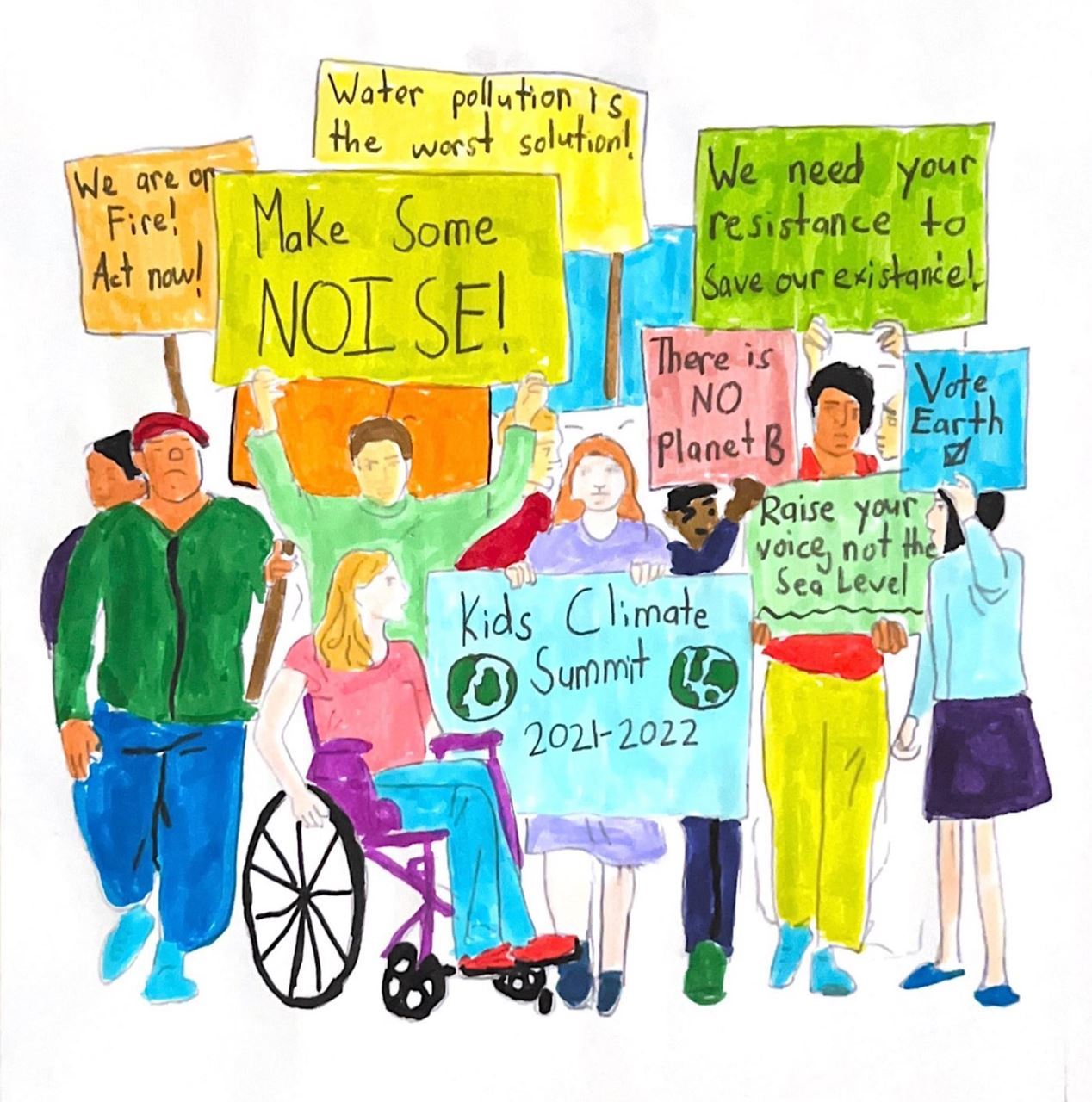
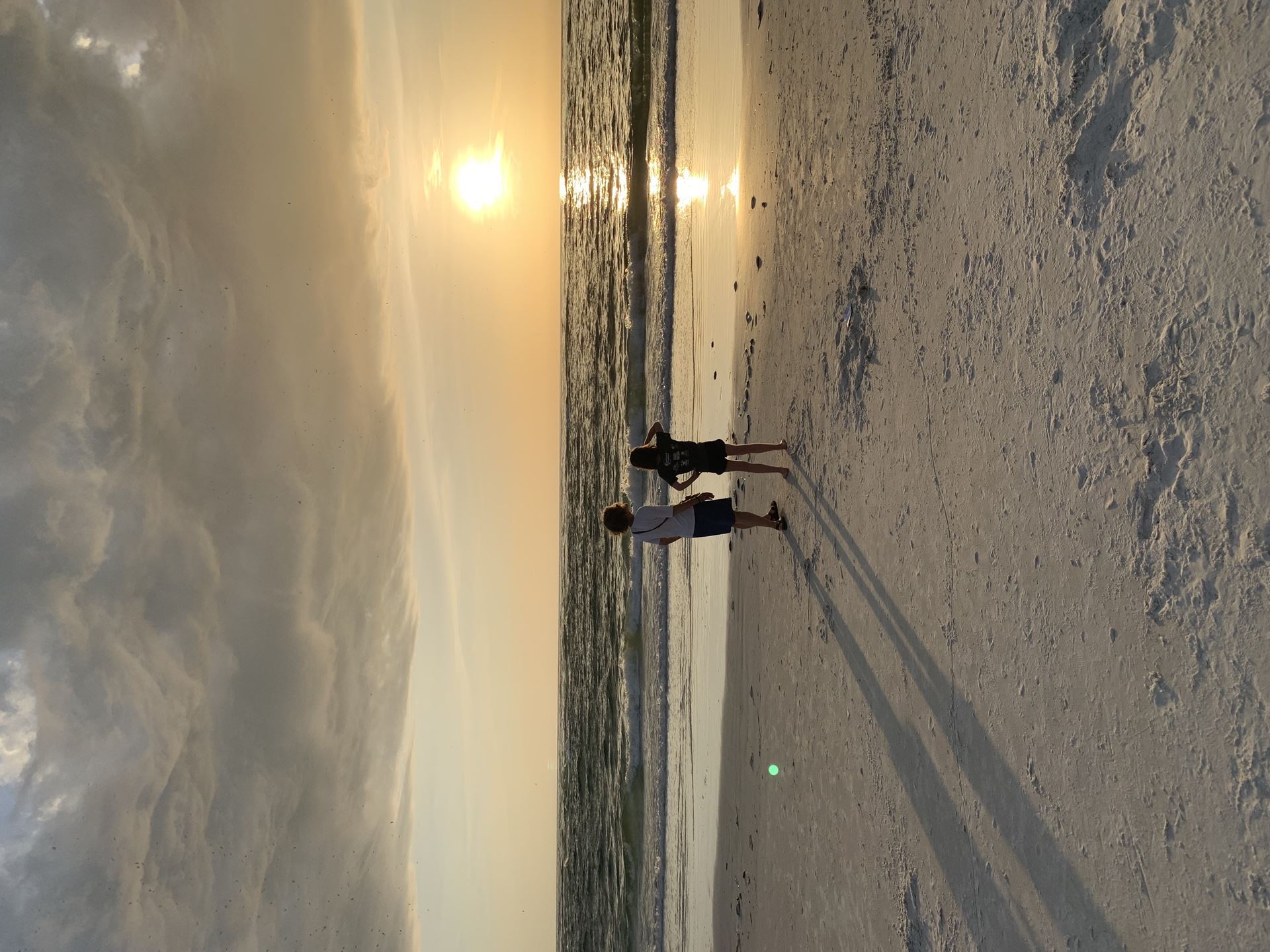 Ever since I was little, some of my happiest days have taken place
at the beach. Even now, I’ve braved the iceberg waters of the Pacific to
boogie board the rollicking waves. But my earliest memories are playing in
Florida’s blissfully shallow tide pools, catching glimpses of turtles, and
collecting starfish that washed up on shore. Glistening waters and clear
sapphire skies graced my summer vacations for years. Until a couple of
months ago.
Ever since I was little, some of my happiest days have taken place
at the beach. Even now, I’ve braved the iceberg waters of the Pacific to
boogie board the rollicking waves. But my earliest memories are playing in
Florida’s blissfully shallow tide pools, catching glimpses of turtles, and
collecting starfish that washed up on shore. Glistening waters and clear
sapphire skies graced my summer vacations for years. Until a couple of
months ago. 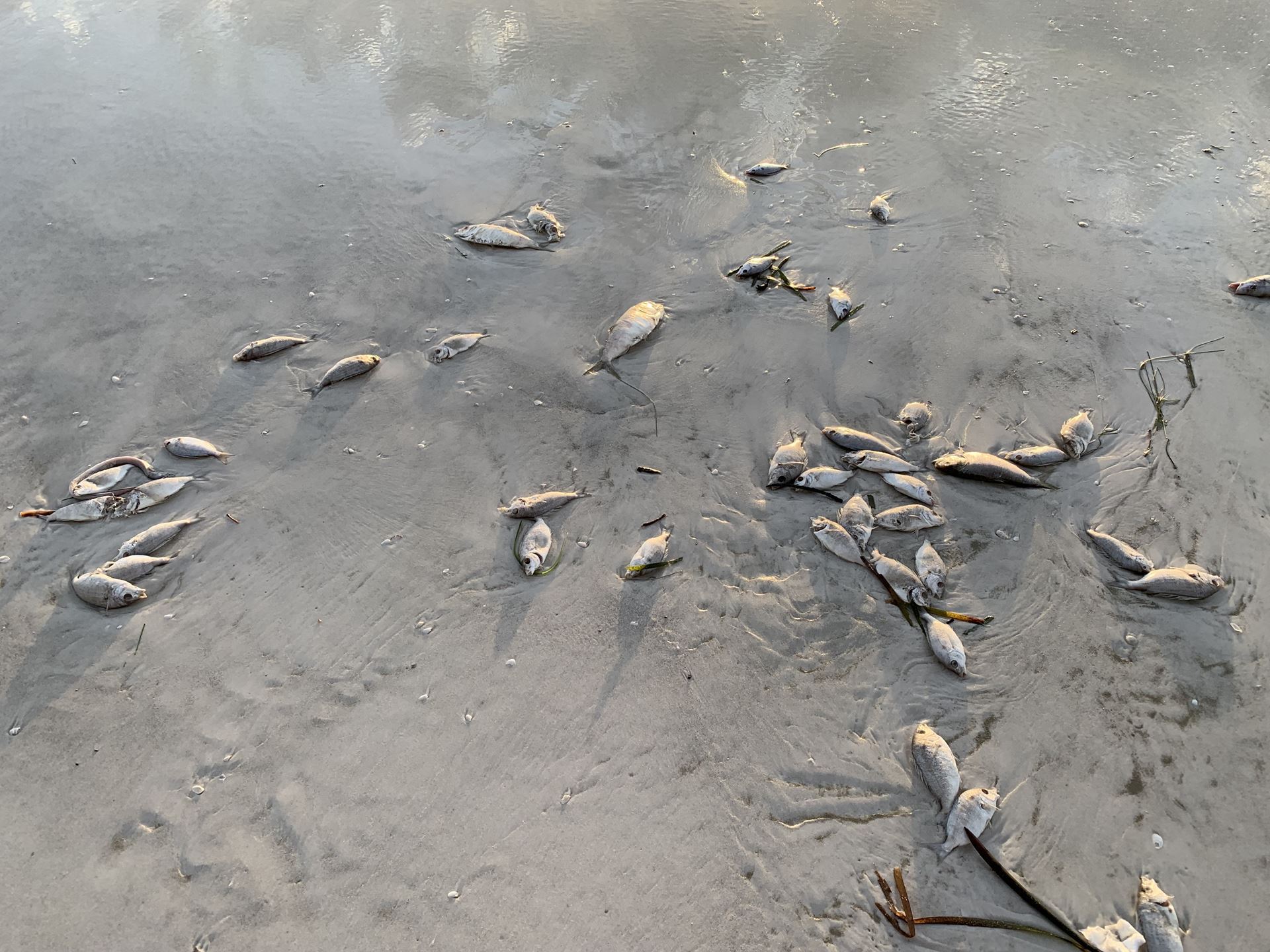 I had traipsed down to the beach, expecting crystalline sands, per
usual. Instead, the stink of rotten tuna sticks wafted toward my nose, as a
steamy, tepid air arose from the puke-and-crimson-colored waves. The sand, once a perfectly
blank canvas, was now colored a sickly gray, reminiscent of cold concrete. A hoarse cough
unleashed itself from my throat as the back of my esophagus tingled with irritation. My brow
wrinkled at the sight of seaweed strewn across the gray sand.
Nearby, a pufferfish lay deceased at the tideline, black
horseflies eating its flesh. And down the beach, as far as the
eye could see, were hundreds of dead fish.
I had traipsed down to the beach, expecting crystalline sands, per
usual. Instead, the stink of rotten tuna sticks wafted toward my nose, as a
steamy, tepid air arose from the puke-and-crimson-colored waves. The sand, once a perfectly
blank canvas, was now colored a sickly gray, reminiscent of cold concrete. A hoarse cough
unleashed itself from my throat as the back of my esophagus tingled with irritation. My brow
wrinkled at the sight of seaweed strewn across the gray sand.
Nearby, a pufferfish lay deceased at the tideline, black
horseflies eating its flesh. And down the beach, as far as the
eye could see, were hundreds of dead fish.
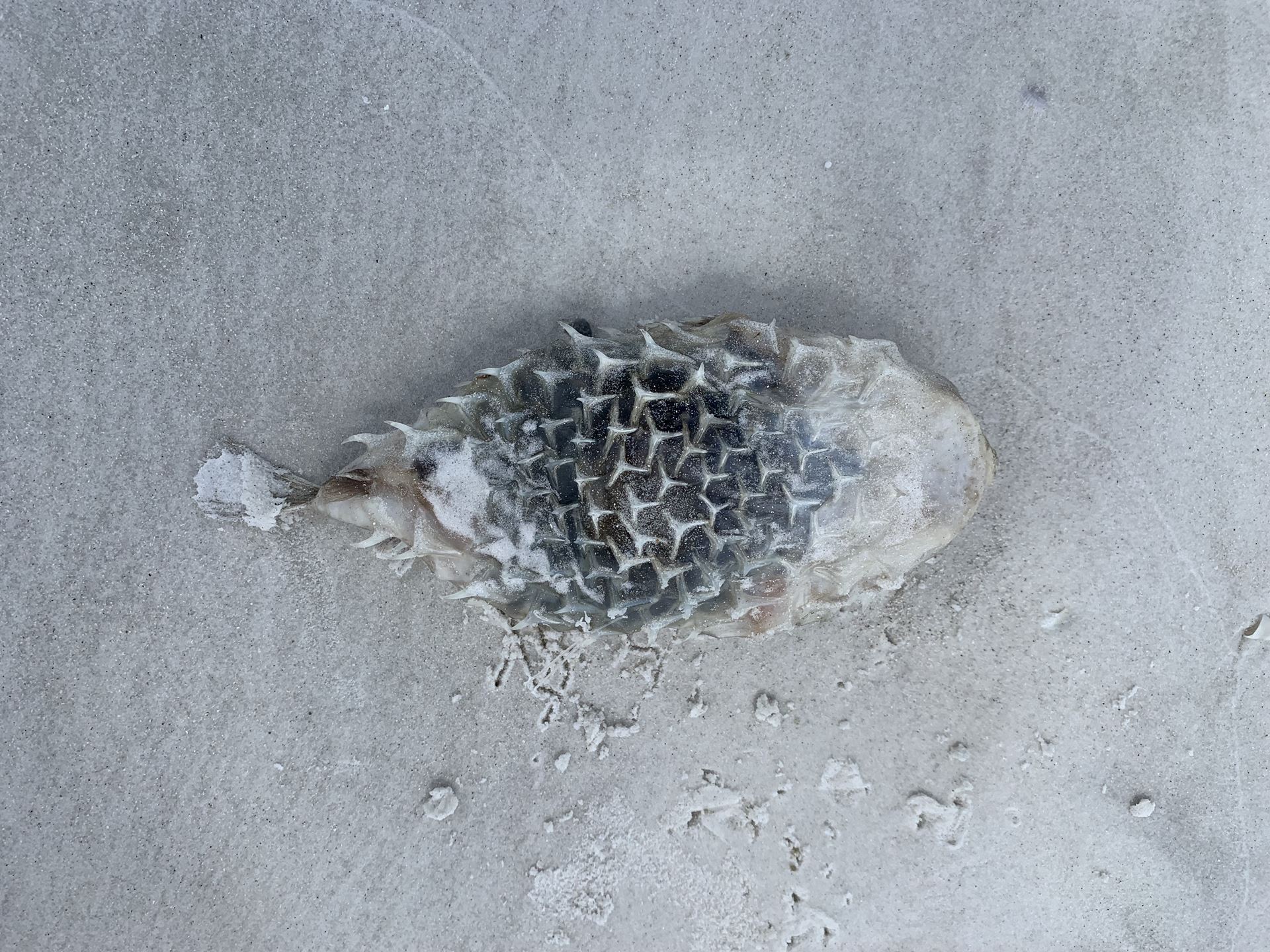
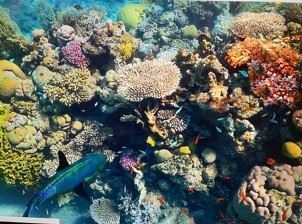


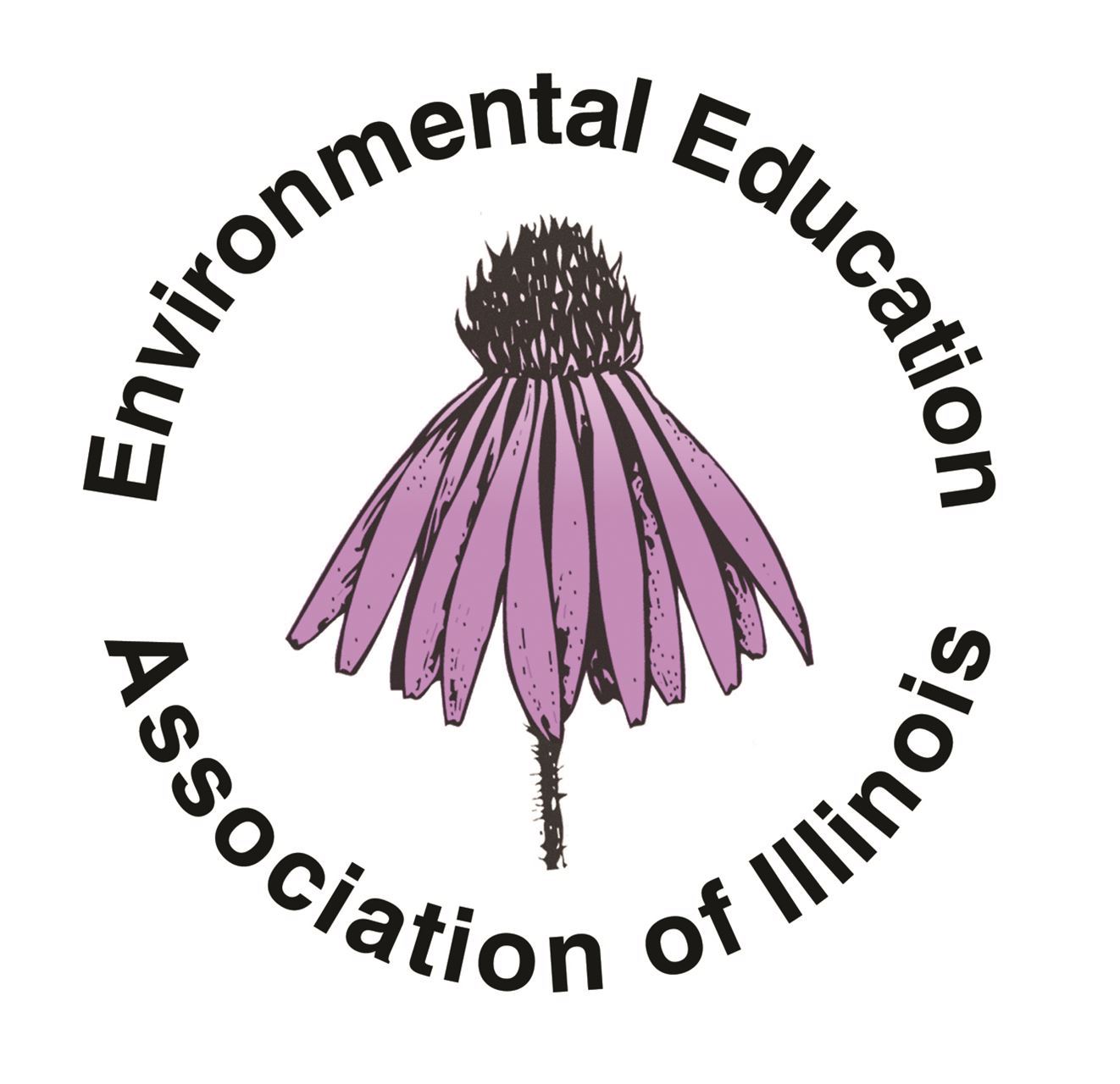
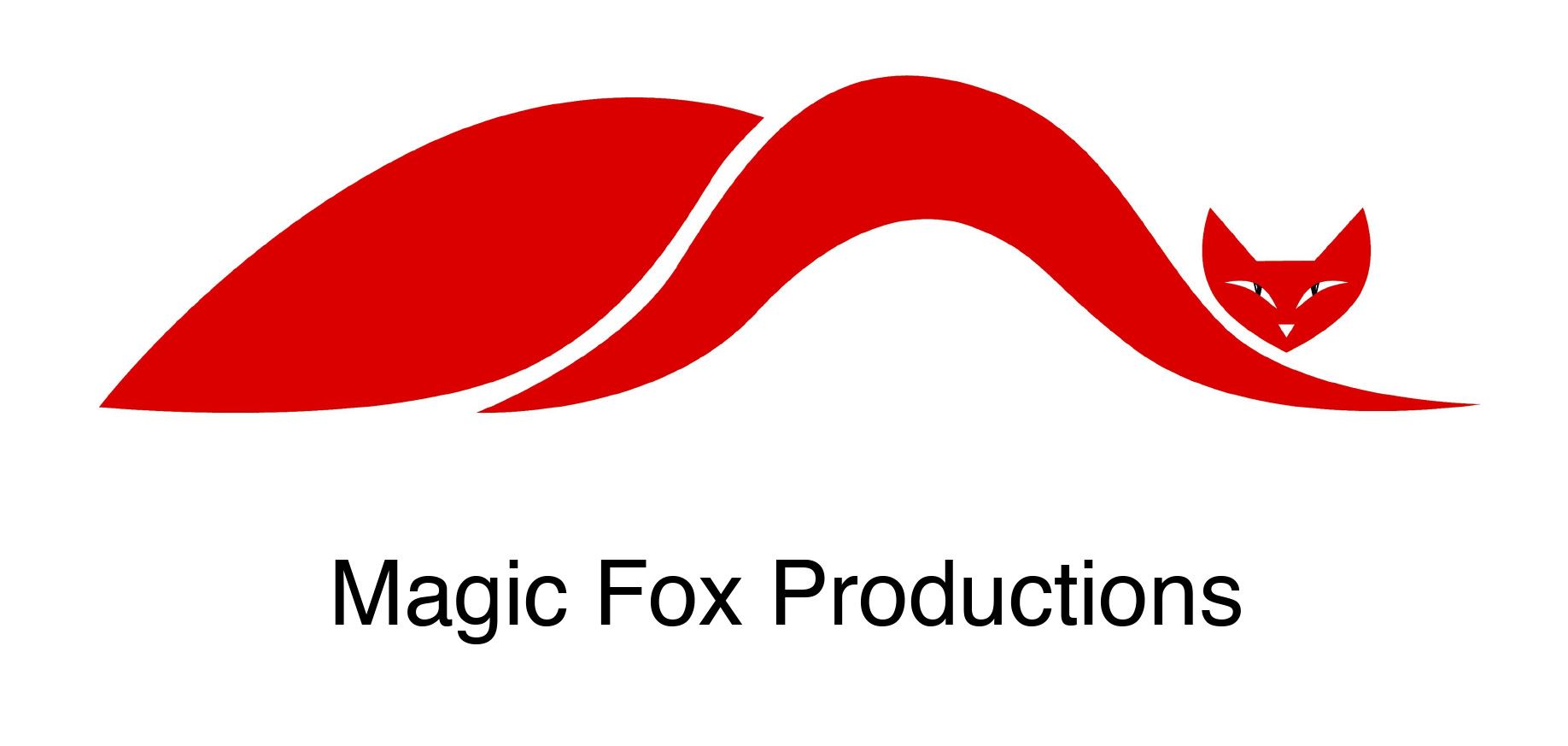
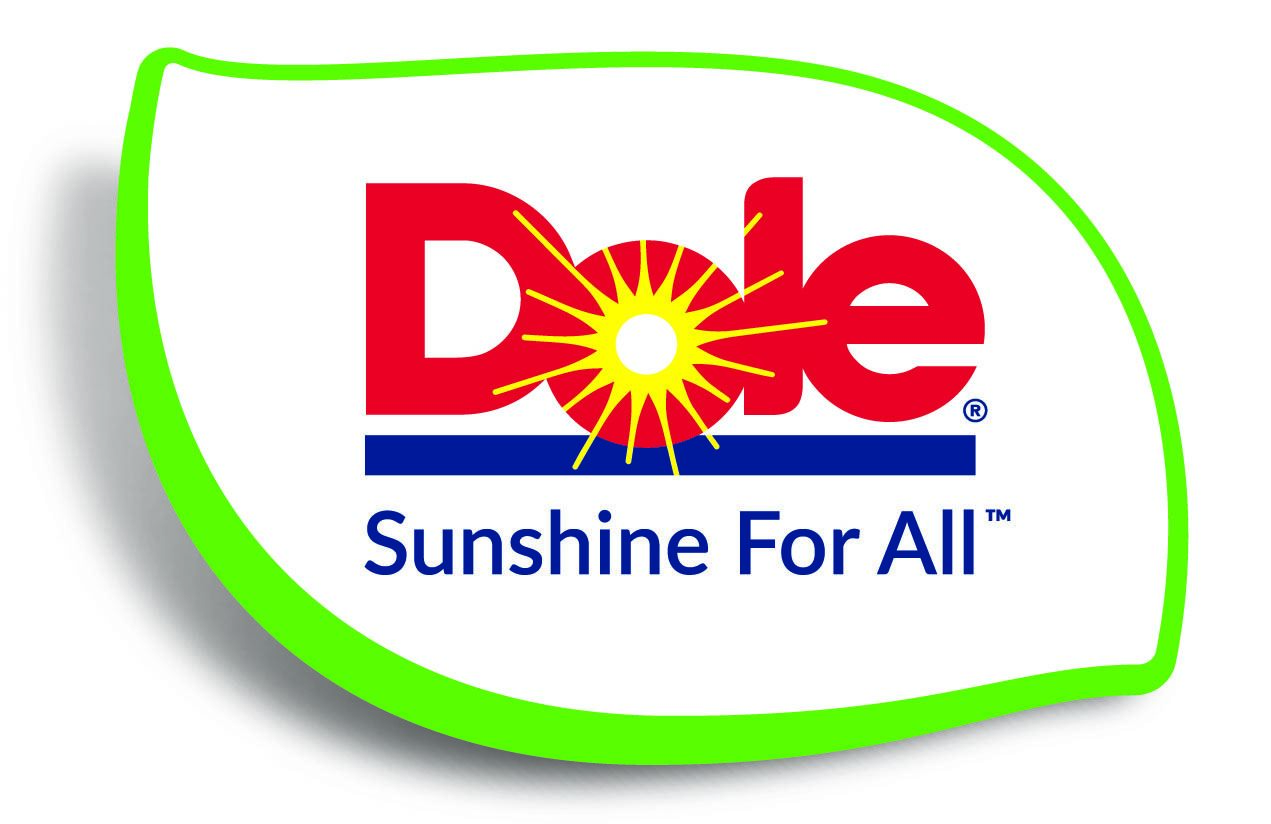
.jpg)

